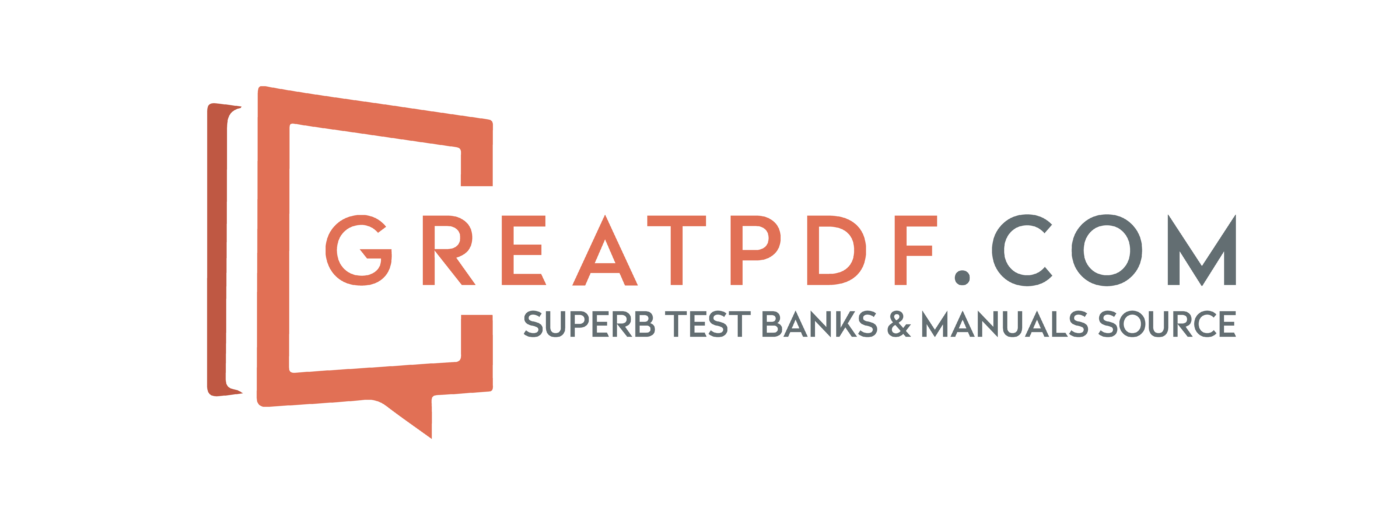In the quest to enhance productivity and streamline operations, businesses often turn to various methods, including the elimination of distractions and the implementation of automation. However, one increasingly prevalent approach is the utilization of surveillance and tracking software to monitor employees. While these tools can offer insights into employee activities and bolster security measures, they also raise significant legal and ethical considerations regarding workplace privacy.
The Rise of Employee Monitoring Technologies
With the rapid advancement of digital technology, employee monitoring technologies have proliferated in recent years. These tools encompass a range of methods aimed at surveilling employees’ whereabouts and activities, with objectives spanning from preventing internal theft to ensuring the appropriate utilization of company resources. Key methods include:
- Employee Monitoring Software: This software provides managers with insights into how employees allocate their work time, often featuring functionalities such as browser and application tracking, user activity screenshots, and keystroke logging.
- Time and Attendance Software: Offering records of employees’ work hours and paid time off, this software aids in payment calculations and serves as evidence in disputes over hours or vacation time.
- Video Surveillance: Enhancing security measures, video surveillance systems can help deter theft and monitor productivity.
- GPS Systems: Particularly useful for teams engaged in driving-related tasks, GPS fleet management systems enable monitoring of driver safety, fuel efficiency, and accountability.
- Biometric Technology: Biometric time and attendance systems utilize various biometric identifiers to record work time, although their usage is subject to laws governing biometric data.
Navigating Legal Frameworks
When implementing employee monitoring technology, it’s imperative for businesses to understand the legal frameworks governing such practices, both at the federal and state levels.
Federal Workplace Privacy Laws: The Electronic Communications Privacy Act of 1986 (ECPA) primarily regulates federal workplace privacy and employee monitoring. It grants employers the authority to monitor communications for legitimate business reasons and allows additional monitoring with employee consent. However, monitoring activities must adhere to reasonable standards, and certain areas, such as bathrooms and locker rooms, are off-limits for surveillance.
State Workplace Privacy Laws: States vary in their regulations concerning workplace privacy and employee monitoring. For instance, Connecticut mandates written notification to employees regarding monitoring methods, while California, Florida, Louisiana, and South Carolina emphasize residents’ right to privacy, necessitating caution in implementing monitoring systems.
Ethical Considerations
Despite the legal permissibility of employee monitoring, ethical concerns abound. Studies indicate that constant surveillance can breed distrust among employees and diminish their sense of responsibility and productivity. Moreover, excessive monitoring may signal a lack of trust and ethical culture within the organization, potentially leading to negative impacts on turnover rates and employee morale.
Effective Communication Strategies
To mitigate the adverse effects of employee monitoring, transparent communication is paramount. Employers should:
- Display visible signage regarding surveillance to promote awareness and deter internal theft.
- Clearly articulate the purpose and objectives of monitoring to employees, emphasizing fairness and transparency.
- Engage in open dialogue with employees, ensuring that monitoring policies and procedures are communicated clearly and any changes are promptly addressed.
- Exercise discretion in tracking only essential data, avoiding unnecessary intrusion into employees’ personal lives.
Conclusion
While employee monitoring technology offers valuable insights and security benefits, its implementation requires careful navigation of legal and ethical considerations. By adhering to relevant laws, fostering transparent communication, and prioritizing employee privacy, businesses can strike a balance between monitoring objectives and ethical workplace practices.
